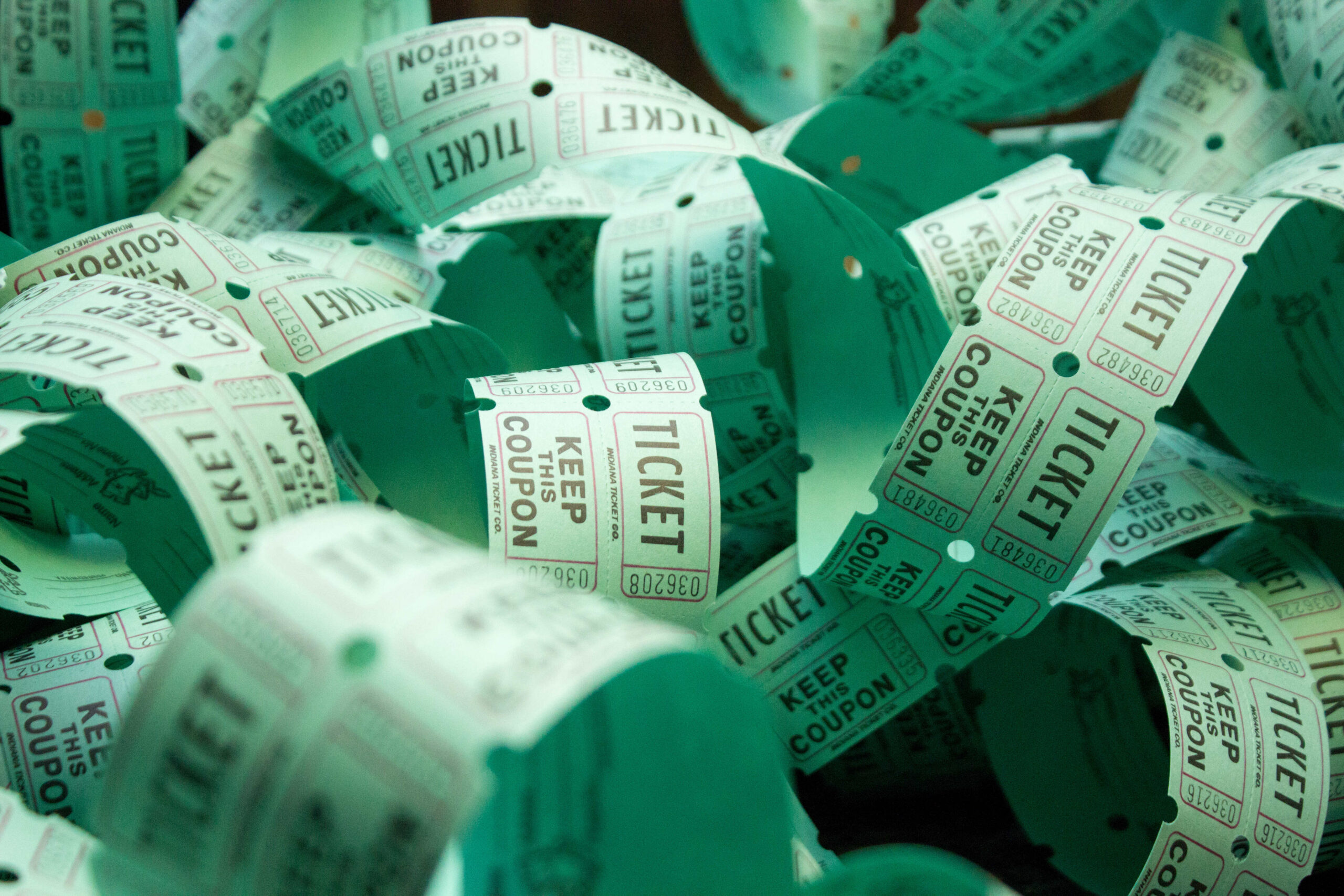Making extra money doesn’t always require a second job or a big investment. Flipping—buying low and selling high—can be a surprisingly effective way to boost your income. From sneakers to vintage Pyrex, people are turning everyday finds into real profits.
Why Flipping Items Online Is Gaining Popularity
In a world where side hustles are becoming mainstream, flipping—or buying low and selling high—has made a major comeback. Whether you’re thrifting on the weekends or hunting deals online, reselling items for profit is something just about anyone can do. And with platforms like eBay, Facebook Marketplace, and Poshmark in the mix, the barrier to entry is practically nonexistent.
Flipping isn’t some secret millionaire strategy. It’s a hustle that rewards hustle. You spot an undervalued item, list it smartly, ship it quickly, and pocket the difference. What used to be something relegated to flea markets and garage sales is now a full-blown online economy. Some folks are turning it into their full-time income. Others are just looking to earn some extra gas money or pay off credit cards. Either way, it’s worth exploring whether reselling really pays off—and what it takes to do it well.
The Anatomy of a Good Flip
A successful flip usually starts with knowledge. You need to know what sells, where to find it, and how to price it. That means being tuned in to trends—whether that’s vintage video games, rare sneakers, or out-of-print books. It also means knowing how to judge the condition of an item and predict its value. The more you study the resale market, the better your instincts get.
Once you’ve got a potential flip, it’s all about presentation. Clean photos, detailed descriptions, and honest disclosures about wear and tear can make or break your listing. Then there’s timing—posting during peak shopping hours or when similar items are scarce can mean a quicker sale at a higher price. Flipping isn’t just selling; it’s strategic selling.
What People Are Flipping for Profit
Let’s talk inventory. Some of the most profitable flips come from unexpected places. People are turning old furniture into major returns by giving it a little love and a fresh coat of paint. Thrifted designer clothes, limited-edition sneakers, and vintage electronics are all hot commodities. Even textbooks, sports equipment, and collectible toys can yield solid margins.
For example, one online seller found a storage container at auction for about $1,800 and discovered it was loaded with rare Pokémon cards and gaming gear. After selling just a fraction of the haul, they’d already made over $3,500—with much more inventory left to go. Another seller sourced vintage clothing bundles on the cheap and repackaged them as “mystery boxes,” pulling in hundreds of dollars in a single weekend. There are countless stories like these, proving that a keen eye and a little hustle can lead to serious returns.
The Best Platforms to Sell Your Flips
Where you list your items matters just as much as what you’re selling. eBay is the classic all-purpose resale platform, especially good for electronics, collectibles, and one-of-a-kind items. Facebook Marketplace is great for bulky things like furniture or workout gear that buyers prefer to pick up in person. Poshmark and Vinted shine when it comes to clothing, shoes, and accessories, offering an easy-to-use interface and a built-in audience that’s ready to shop.
If you’re flipping books or niche products, you might also consider platforms like Amazon or Mercari. The right platform can boost visibility and simplify the selling process. Just keep in mind that each site takes a cut, so you’ll need to factor those fees into your pricing strategy.
Profitable Flip Categories at a Glance
Here’s a breakdown of popular flip categories and their typical profit margins:
| Item Category | Average Profit Margin | Why It Pays Off |
|---|---|---|
| Designer Clothing | 50%–200% | High demand, especially for popular brands |
| Vintage Electronics | 100%–500% | Rare and collectible items attract buyers |
| Refurbished Furniture | 100%–300% | Low-cost items can be upcycled and resold |
| Academic Textbooks | 30%–150% | Students need them, resale demand is high |
| Sports Gear | 50%–200% | Quality gear holds value, especially in-season |
Profit margins can vary depending on item condition, rarity, and your ability to market it well. But this table offers a rough idea of where the real money is hiding.
The Not-So-Glamorous Side of Flipping
While flipping has potential, it’s not all fast cash and easy wins. There’s the time investment—hunting for deals, photographing items, writing listings, packaging orders, and dealing with returns. If you’re buying locally, there’s also the driving and gas money to consider. Plus, the market is unpredictable. What’s hot today might not sell tomorrow, and trends change fast.
Then there’s competition. As more people catch on to profitable niches, the prices go up and the profits shrink. You’ll need to stay sharp and maybe even pivot your inventory now and then to stay profitable. And don’t forget storage—those flip-worthy treasures pile up fast.
How to Start Smart Without Burning Out
If you’re interested in flipping but aren’t sure where to start, the best first step is to look around your house. Everyone has unused electronics, barely worn clothes, or old books gathering dust. Sell those first. It’s low risk, and you’ll learn a ton from the process—what it takes to create a compelling listing, how to deal with buyers, and how shipping works.
From there, start sourcing items from garage sales, thrift stores, clearance racks, or even online auctions. Pay attention to what sells and what sits. Track your expenses and profits from the beginning. The more data you have on what’s working, the better decisions you can make down the line.
Eventually, you might want to niche down. Specializing in one category—like sneakers, books, or vintage decor—can make sourcing and selling more efficient. You’ll build knowledge that helps you spot winners quickly and price them competitively.
So, Can Reselling Items Online Really Pay Off?
Yes—but like any money-making venture, it pays what you put into it. Flipping isn’t passive income. It requires time, attention, and patience. But if you’ve got a sharp eye and enjoy the game, it can be a rewarding way to earn extra income. Some people use it to pad their savings or pay off debt, while others turn it into a legit full-time business.
The trick is to start small, learn the ropes, and reinvest wisely. Focus on quality over quantity, and always keep learning. The more informed you are, the more confident you’ll be about what to buy, how to sell it, and how to make it worth your while.







